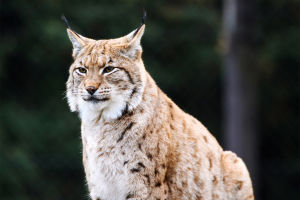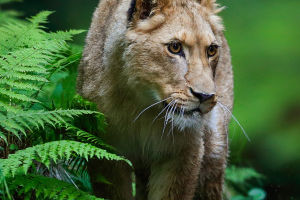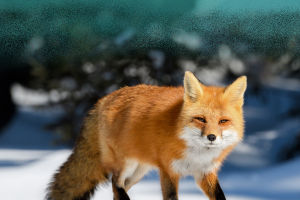What is the appeal of the crane? The crane, as its name suggests, has a bright red patch on its head. The top of the crane's head is featherless, and its blood vessels appear bright red under the bare skin, the equivalent of 'baldness'.
The chicks of the crane are born with pale yellow feathers, like chicks, and only at around two years of age do they develop the same bright red dome as the adults.
This patch becomes even redder during the breeding season or when the bird is happy or angry. The crest of the crane is only found on adult birds. In addition to the cranes, black-necked cranes and white-headed cranes also have a red roofs.
The crane's plumage is white and black, except for the forehead, eye front, throat, neck, and secondary flight feathers which are all black. The flight feathers are the feathers on the wings of the bird that aid in flight.
The feathers that grow in the position of the human hand are the primary flight feathers and the feathers that grow on the small of the human arm are the secondary flight feathers. Whooping cranes often stand with their flight feathers tucked away over their bodies, looking as if they have black tails.
They are found in eastern Mongolia, the east coast of the Ussuri River in Russia, Korea, South Korea and Hokkaido in Japan. Because of their elegant body and distinctive colours, the cranes have a symbolic meaning of good luck, fidelity and longevity in East Asian culture.
Ancient cranes are said to have appeared 4.8 million years ago, and the origins of modern cranes can be traced back to 2.8-3.4 million years ago, making them essentially ancient creatures that originated alongside humans. Worldwide, the crane is only found in East Asia. The crane is very long-lived, usually living 30-40 years, with some living up to 75 years.
The crane is slender, with a long bill, a long neck, and long legs. Its long bill makes it easy to feed; its long neck allows it to twist back and forth considerably, its long legs allow it to wade into deep water to catch food, it has some degenerative webbing between its toes, and it can walk but not swim in wetlands.
However, the crane's long legs have a downside, as they tend to lose heat without feathers, so they often stand on one foot when resting or sleeping, with one foot tucked into its feathers to keep warm.
The graceful stance of the crane has been given a noble meaning in the evolution of culture. Symbolizing happiness, good fortune, longevity, and fidelity, the crane has been repeatedly depicted in literature and art in various countries.
In nature, the crane is strictly monogamous, with a monogamous relationship lasting essentially for life. Nesting, egg incubation and brood rearing are all shared between the couple. When one crane is incubating eggs, the other foraging crane will not fly very far away, making it easier to return to protect the nest in case of danger.
During the breeding season, the two cranes will occupy a territory on their own, and if an enemy invades, they will stand together, tense up, raise their heads and extend their necks in a long warning call to the enemy. Amongst all the birds, the cranes are the most beautiful dancers.


